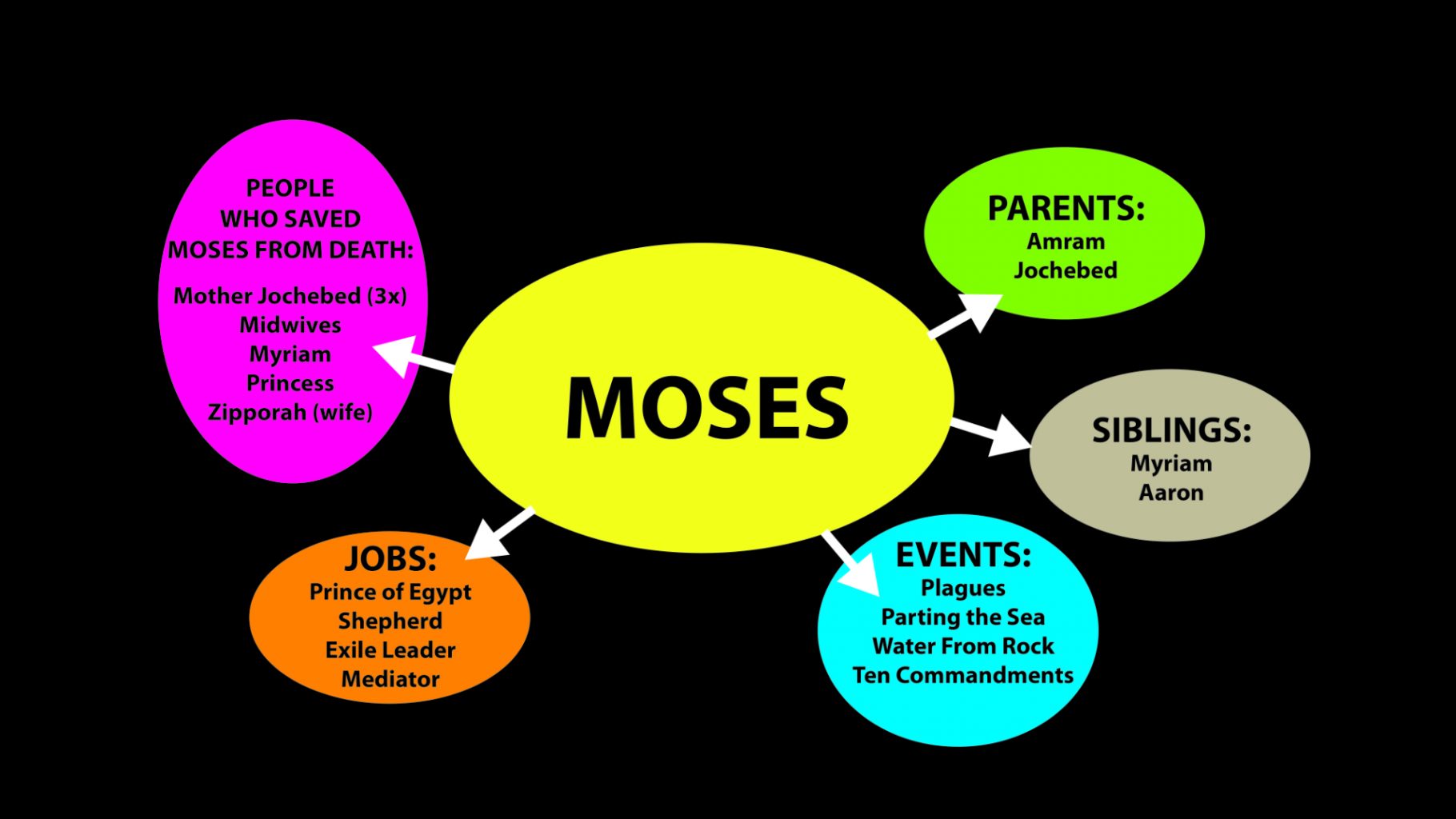ELIZABETH INRIG
In 1963, after my first year at the University of British Columbia, I transferred to the Department of Education to become a teacher—something I’d always hoped to do. There, in the Language Arts Department I met Dr. Marion Ralston, head of the department and the woman who, to this day, remains my favorite undergrad professor! She knew her subject well, and she lectured in a way that was infectious! She stressed to us as future teachers the importance of literacy and the goal for teaching Language Arts to young students.
Her words have never left me.
“From their very first book, each student reader should be able to use his or her language competently enough to read, understand, and communicate the meaning or idea she or he has grasped from the ‘words in context’!”
I got it! It was a matter of teaching students to recognize and understand the words and their meaning in the context they are written—and to remember what they read! As a teacher, creating thoughtful listeners was the first step for understanding meaning. The second step was showing students how the words are connected.
Dr. Ralston urged us to use a schematic map to help students remember facts and details to review what they read.
I liked the schematic map idea for reviewing information. Here’s how it works: simply place a name, noun, or any word or phrase in the middle of the page and asking yourself: what facts do I remember or know about that person, thing, or event?
I started using the schematic map idea to review for others classes. One day, I tried it out on a Bible character!

I never thought I would use a schematic map for reviewing words or stories quickly until I taught my first class in downtown Vancouver. I had 28 first-grade children from Hong Kong whose families had immigrated to Canada. They could not speak nor read English nor understand the Dick and Jane Readers we used to learn to read. But I remembered how Mrs. Ralston urged us to us a schematic map for those whose first language wasn’t English.
She was right; it became a good way for the children to review things they knew about both Dick and Jane (see Dick run; see Jane skip) as they connected words describing them. Often they drew what they remembered before the wrote the word.
You may be a mature, well-studied Christ follower. See what you remember and review a topic you know well. If you’re new to studying Scripture, pick a topic in a passage you just read and see what you remember! The rules for Language Arts are the same for learning the Bible: words matter, and they matter in context with meaning. Reading Scripture carefully and creating a map to review what you remember is a great start to a transformed mind.
So, if you want to see how much you remember of Bible details, start your own review with a schematic map for words! Get a line-free white pad or journal and choose a topic to review such as Bible Characters, Biblical Historical Events, Biblical Places, Biblical Literary Devices, Themes of Bible Authors or even some Theological Facts. Start small, not worrying about how little you know; review what you DO know about your chosen topic. Make the connections between people, history, geography, literary devices and how God intervenes, commands or promises things, linking details you remember about the word in the middle circle.
Be like the Bereans! Luke reminds us that the Bereans “got it” (Acts 17:11); they searched the Scriptures daily to be sure everything they were learning from Paul was true! Every word in God’s Word matters. A schematic map will help you learn to pay attention to the details and to remember what is significant about the Scripture passages you read. †
- In Hermeneutics, Even Little Words Matter - August 11, 2022
- Reviewing Bible Knowledge: A Schematic Map for Words - April 7, 2022
- Lips that Honor God - January 20, 2022
